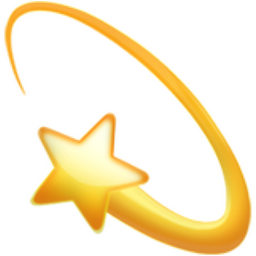Emojis have changed the way we communicate, allowing us to easily express emotions that words cannot portray. However, there are some emojis that not even top rated Kobadoo players know the true meaning for. These are the five most misunderstood emojis.
1)
It
is called pinched fingers emoji, however its original meaning is asking “what do you want?”. In Italy, this gesture is generally used to show
disbelief, frustration or disagreement. In India, it is used to ask if a person is hungry. In Arab countries, it can represent slow, wait and patience
or be used in a threatening way. Flipped upside down, the pinched fingers emoji universally represents
a pinch of salt.
2)
Most people use this emoji as a
shooting star. However, this emoji represents in reality that a person is dizzy (seeing
stars) when hit in the head.
3)

You might use it as sticking out
the tongue, but this emoji is meant to represent licking lips in appetite or
contentment.
4)
She is not showing an "O" or holding her head as most people think. Instead, this emoji actually represents gesturing "OK".
5)
This emoji might be used to represent the devil, but this is actually an ogre from Japanese folklore.
Source: Emojipedia



